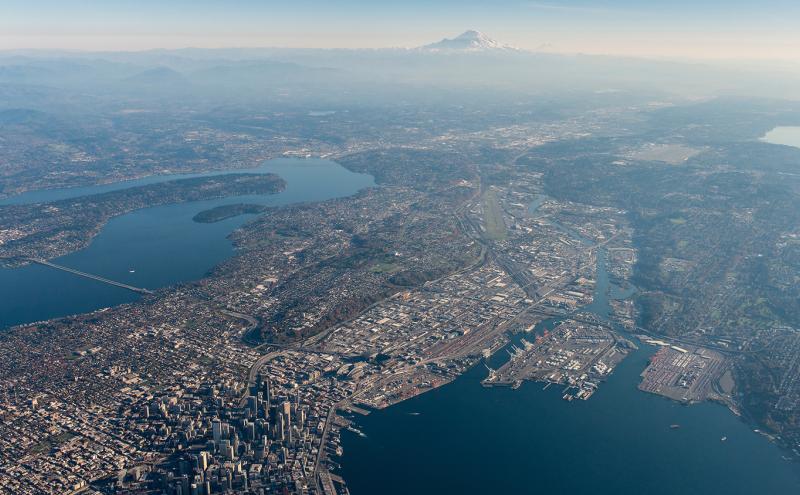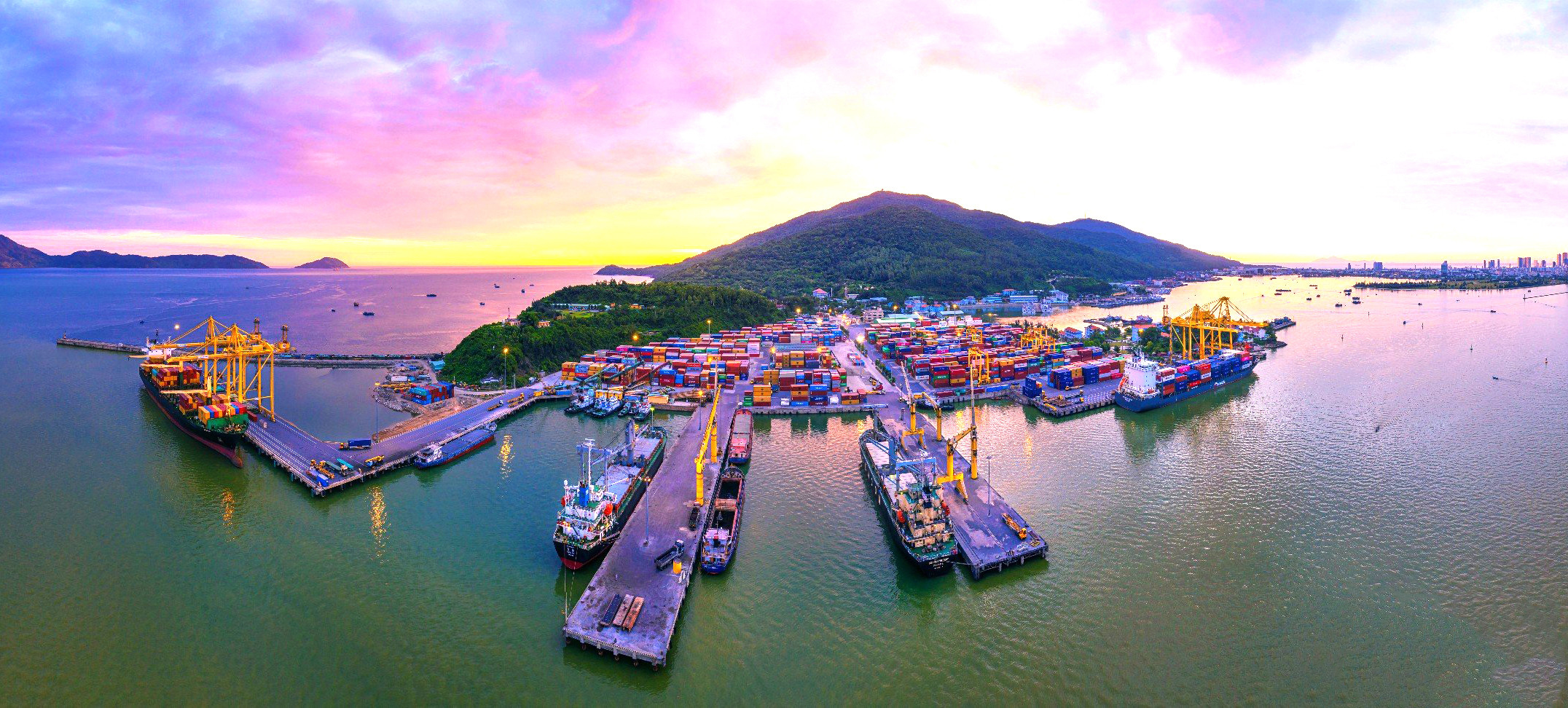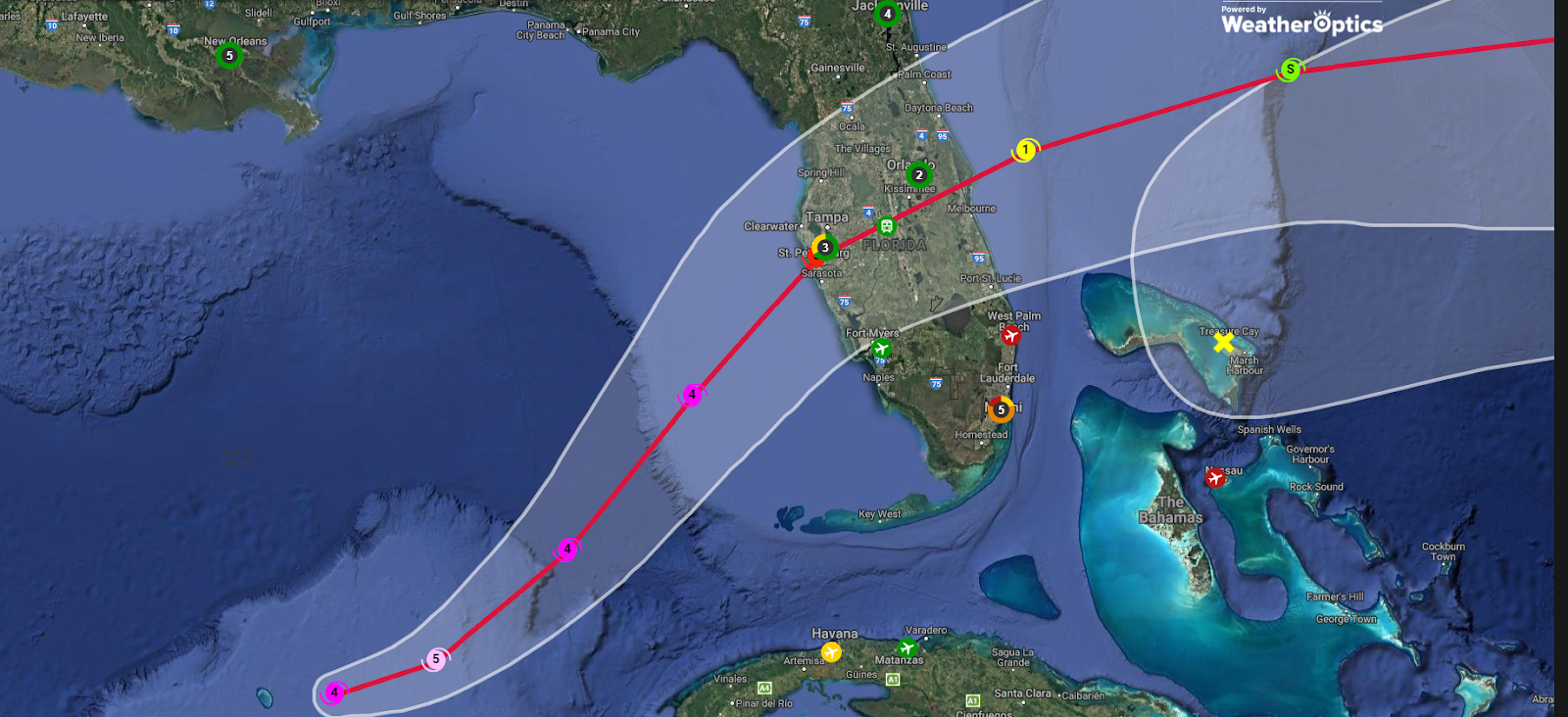Operations
Ocean rates
- Ocean carriers had announced surcharges ranging from US$1,000/FEU to US$4,500/FEU in anticipation of disruptions due to the strike. But as most of these would only have gone into effect in mid-October or later they hadn’t impacted spot rates yet, and carriers have now suspended these new charges.
- With the strike over and peak season demand largely behind us container rates should continue to ease on the seasonal lull in volumes between peak season and Lunar New Year, though East Coast congestion caused by the strike may slow the pace of the decline while operations recover.
- As long as Red Sea diversions continue to absorb capacity across the market though, we should not expect rates to fall below the floor reached back in April when transpacific rates fell to US$3,000/FEU to the West Coast and US$4,000/FEU to the East Coast – about double typical levels.
Air cargo impact
- Freightos Air Index data shows Europe – N. America air cargo rates have increased 4% to US$1.77/kg since early September, possibly reflecting some shift of transatlantic ocean volumes to air.
- Transpacific air cargo rates did not climb much in the lead-up to the strike, but once the strike started China – N. America daily rates jumped to US$7.07/kg from US$5.91/kg the previous week. So rates may be increasing due to the strike and are climbing from an already elevated floor set by the surge of e-commerce volumes out of China that have kept rates around US$6/kg –- even higher than rates get during the typical Q4 air peak season months – for most of the year.
- Dubai – N America air cargo rates are up to US$3.12/kg in the last few days, which is 30% higher than in mid-September and may be reflecting some ocean to sea-air – ocean freight from Asia to the Middle East and air cargo Middle East to N. America – shift from the strike.
The analysis was written by Judah Levine, Head of Research at Freightos






